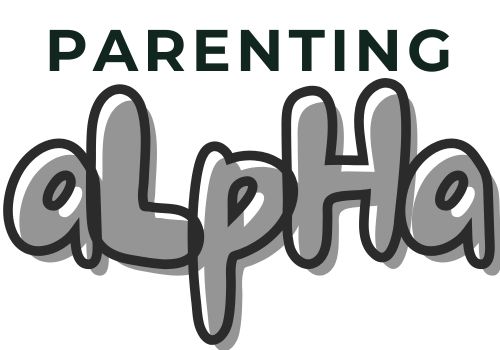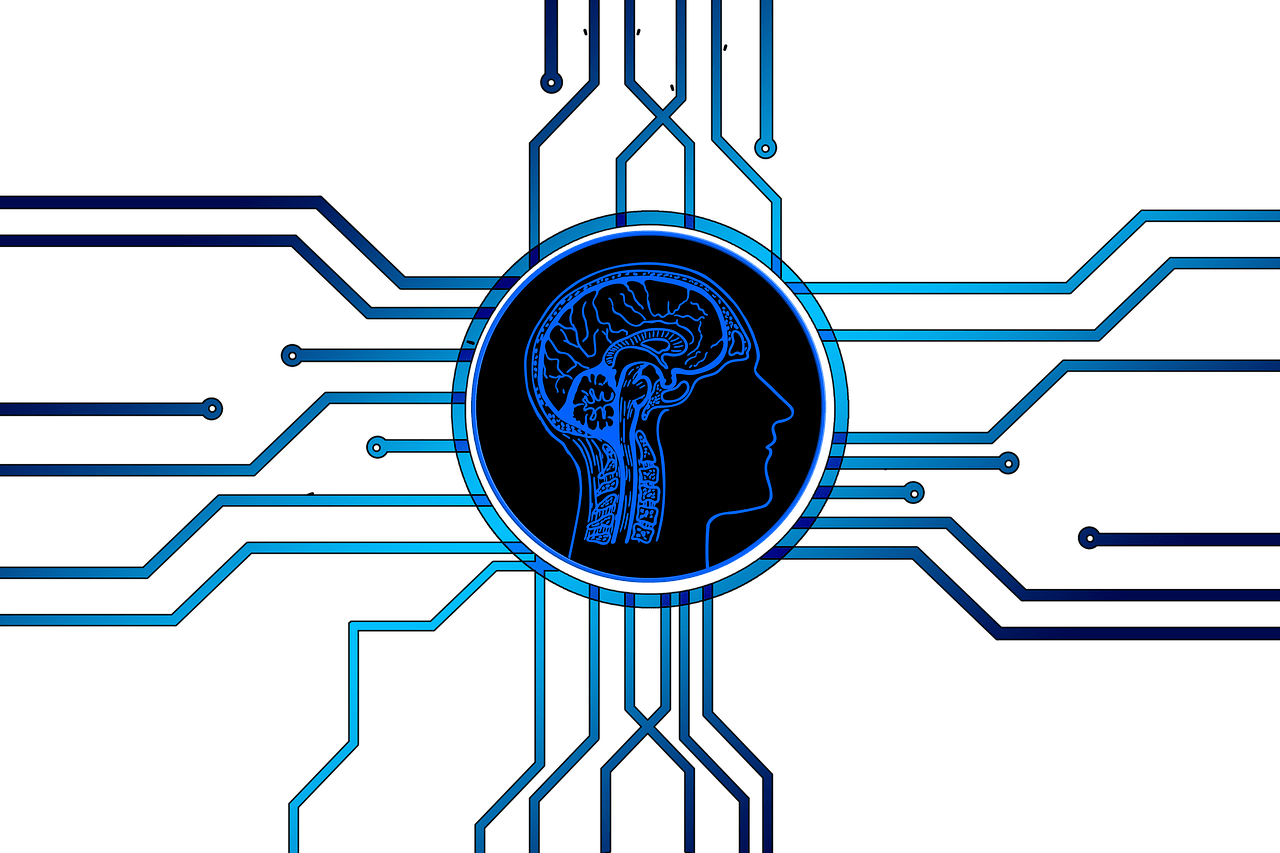The complex nature of life today, coupled with advances in technology, can only serve as reminders as to why we should equip children today with 21st century skills, necessary for school, work and life.
They must prepare for a mashup of global cultures, just as they must embrace computer automation in its entirety. These include robotics, smart homes, manufacturing automation, the Metaverse, Artificial Intelligence, etc.
Automated machinery and bots are reshaping how we live and work. They help us with domestic chores, education, and productivity tasks! For example, chatbots such as ChaptGPT are becoming popular for teaching, learning, creating content, and in research.
Yes, robots and bots are good at structured tasks in factories and warehouses, and can accomplish monotonous and dangerous jobs without tiring. They also offer precision at packaging, assembly, loading, and welding tasks.
Computers are also better than ‘us’ at math skills. They can process huge amounts of data in record time.
So What Next for Learners in the 21st Century?
Besides mastering the core of Bloom’s taxonomy and thinking skills, future adults must possess appropriate skills to match existing realities of life. They must learn to live and work alongside bots and robots.
Thankfully, there are many skills up for grabs!
Whereas computerized machines and bots can do a lot of day to day tasks, they unfortunately lack the intrinsic ability to understand subtle humane skills that depend on emotions and cognition.
This privilege is still reserved for humans. We are good at tasks that need intellectualism, creativity, innovation, compassion, and multiple other soft interpersonal skills.
Interpersonal skills allow us to read into each other’s minds and base on that to make informed choices and decisions. We can work within complex scenarios and interpret data from varying angles of ambiguity.
These humane skills allow us to image, deviate, and try out different ideas to solve life and work problems.
In order to perfect these skills, children must continue learning and adapting. They must read wide (the old way), and invest more in cognitive science and soft skills. Besides mastering foundational literacy and numeracy skills, they must also invest in deeper learning and higher-order thinking skills.
Only then will they stay on top of their game, and work better with variations of computer automation.
Here are the 21st Century Skills Learners Need Today:

With robotics grabbing what used to be mainstream jobs, there is every reason to re-evaluate 21st century skills children need for college, work, and life.
The following pointers should be good starting points for all of us parents, teachers, and the community.
1. Learning and Innovation Skills
The following cognitive and core skills are critical in helping learners manage and adapt to the challenges of the 21st century workplace.
– Critical Thinking and Problem Solving Skills
Your child’s ability to think critically creates room for deeper learning and analysis of information. These are necessary for resolving old and emerging problems and tasks.
Critical thinking involves collecting and processing information – just like computers, then evaluating the different ideas and what they mean in resolving problems – computers don’t do this!
Critical thinking can be defined as
… the intellectually disciplined process of actively and skillfully conceptualizing, applying, analyzing, synthesizing, and/or evaluating information gathered from, or generated by, observation, experience, reflection, reasoning, or communication, as a guide to belief and action.
University of Lousville
– Creativity and Imagination
Creativity in children describes the ability to come up with innovative and unique ideas for life and work. These can be used to create new opportunities and enhance productivity in the workplace. Your child can begin with simple tasks, such as designing logos, computer games, and architectural assignments using basic applications on the computer.
– Collaboration and Teamwork
With collaboration, your child works with peers for the greater good of the team in the workplace and the community. Working as a team creates room for critical thinking, brainstorming, creative thinking, and an opportunity for everyone in the team to learn new and working ideas.
– Communication
Communication is a soft skill that facilitates an effective line of conversation between your child and her peers. This creates room for meaningful discussions and decision-making. It involves learning and efficient use of 4 language skills:
- listening
- speaking
- reading
- writing
These skills complement digital tools on the internet and the workplace.
2. Literacy Skills
The concept of literacy has evolved beyond traditional reading, writing, and counting skills. Today, literacy encompasses a range of abilities crucial for staying informed and productive in a digital-rich world.
Foundational Literacy:
- Linguistic Literacy: This is the bedrock – the ability to communicate effectively through speaking, writing, and listening. It includes grammar, vocabulary, and comprehension.
Digital Age Literacy:
Two key literacy skills are highlighted:
- Information Literacy:
- Involves the ability to identify, locate, evaluate, and use information effectively across various formats.
- Includes understanding the ethical and legal aspects of information use, such as copyright and plagiarism.
- Crucial for participation in today’s information-driven society, lifelong learning, and success in academic and professional contexts.
- Media Literacy:
- Encompasses the analysis and evaluation of media messages, understanding their impact on beliefs and perceptions.
- Involves using and creating content through various mediums like TV, computers, games, and blogging forums.
- Emphasizes the importance of balancing media consumption to prevent information and digital misuse.
Additionally, the broader category of Digital Literacy includes:
- ICT Literacy: Using digital and communication tools ethically and responsibly for specific purposes.
- Code Literacy: Essential for the 21st century, involving the ability to code and become content developers for digital devices.
- Cybersecurity and Privacy: Protecting personal information online and understanding associated risks.
- Digital Citizenship: Using digital technologies responsibly, understanding digital rights and responsibilities.
Beyond Text Literacy:
- Visual Literacy: This helps kids interpret and create visual content, like charts, graphs, and images. In our image-rich world, understanding visual communication is essential.
- Spatial Literacy: This involves understanding and manipulating space, important for fields like engineering, design, and even navigating new places.
– Civic and Citizenship Literacy
Civic literacy refers to the knowledge, skills, and attitudes necessary for individuals to participate effectively in civic life and contribute to the well-being of their communities and society as a whole.
It encompasses a broad range of topics including but not limited to:
- understanding government structures and processes
- knowing basic human rights and the rule of law
- being aware of social and political issues
- having the ability to critically analyze information and arguments
- being able to communicate effectively with others to address common problems
Citizenship literacy meanwhile, refers to the knowledge, skills, and values necessary for individuals to understand and fulfill their roles and responsibilities as citizens in a democratic society.
It includes understanding the fundamental principles and values of democratic governance, such as freedom, equality, justice, and the rule of law, as well as the rights and responsibilities that come with citizenship.
– Health Literacy
Health literacy describes your child’s ability to understand general health and health care information to make informed decisions on matters of nutrition, general wellbeing, and medication.
It encompasses a range of skills, including the ability to read, understand, and interpret health information, as well as to communicate effectively with healthcare providers and navigate the healthcare system.
Health literacy also involves understanding basic concepts related to health and healthcare, such as disease prevention, medication use, and healthy lifestyle choices. It is essential for individuals to be able to make informed decisions about their healthcare, communicate effectively with healthcare providers, and engage in self-care and disease management.
Low health literacy can lead to poor health outcomes, including increased use of healthcare services, medication errors, and higher rates of hospitalization and mortality. Therefore, improving health literacy is an important public health goal to promote better health outcomes for individuals and communities.
– Financial Literacy
Financial literacy refers to the knowledge, skills, and attitudes necessary for individuals to make informed decisions about their personal finances. It encompasses a range of topics, including budgeting, saving, investing, debt management, and understanding financial products and services.
Financial literacy involves understanding the basic concepts and principles of finance, such as interest rates, inflation, and risk management. It also includes the ability to evaluate financial information, make informed decisions about financial products and services, and manage money effectively.
Financial literacy is important for individuals to achieve financial security, make informed decisions about their financial future, and avoid financial pitfalls such as debt and financial fraud. It is also essential for individuals to participate fully in the economy and make informed decisions as consumers, investors, and entrepreneurs.
– Environmental Literacy
Environmental literacy refers to the knowledge, skills, and attitudes necessary for individuals to understand and address environmental issues and challenges facing the planet. It encompasses a range of topics, including but not limited to: understanding the natural world and ecological systems, knowing the impact of human activities on the environment, and being aware of environmental issues and challenges facing the planet.
Environmental literacy also involves understanding the relationship between humans and the environment, and the ways in which social, economic, and political systems can affect the environment. It also includes the ability to critically analyze environmental information and make informed decisions that promote sustainability and the protection of natural resources.
Environmental literacy is important for individuals to participate effectively in efforts to address environmental issues and promote sustainability. It is also essential for individuals to make informed decisions as consumers and citizens that take into account the environmental impact of their choices.
– Cultural Literacy
Cultural literacy refers to the knowledge, skills, and attitudes necessary for individuals to understand and navigate different cultures and cultural contexts.
It encompasses a range of topics, including but not limited to: understanding cultural diversity, knowing the histories, traditions, and customs of different cultures, and being aware of the ways in which culture shapes identity and communication.
Cultural literacy also involves understanding the ways in which cultural knowledge and values affect social interactions, institutions, and systems. It includes the ability to communicate effectively across cultures, respect cultural differences, and appreciate the richness and diversity of human cultures.
Cultural literacy is important for individuals to participate effectively in a diverse and multicultural society, to avoid cultural misunderstandings and stereotypes, and to appreciate and value cultural differences.
It is also essential for individuals to work effectively in diverse teams and to engage in cross-cultural communication in a globalized world.
3. Life and Career Skills
Life and career skills include the basics of survival skills necessary for personal and professional development.
– Flexibility and Adaptability
Flexibility and adaptability describe your child’s mental readiness to operate/switch environments and life circumstances without whining and procrastinating. It basically defines how ready she is to embrace new ideas and accept unfamiliar/unexpected life challenges.
– Initiative and Self-motivation Skills
Initiative describes your child’s resourcefulness and readiness to start and accomplish tasks without being pushed. Generally, she has the belief, self-esteem, and confidence to try out new ideas and tasks and complete them.
– Productivity and Accountability Skills
Your child’s productivity skills are good enough if she has the drive and desire to achieve goals by planning, managing time, and setting up teams with peers.
– Social Skills/emotional Intelligence
Social skills and emotional intelligence describe your child’s ability to harness interpersonal skills, through verbal and nonverbal interactions. The ability also means your child learns to regard others with empathy and compassion, and can communicate with less awkwardness.
– Leadership and Responsibility Skills
The leadership skills describe the ability to take charge of situations or people and organize them with respect to societal values and ethics. These abilities involve managing people, public speaking, and doing these with marked responsibility and compassion.
The Last Word
All the above points describe 21st century skills that will make your child live and work effectively, while competing favorably with computer automation.
Yes, companies and workflows still need real people with life skills to milk even more juice out of technology!





Leave a Reply